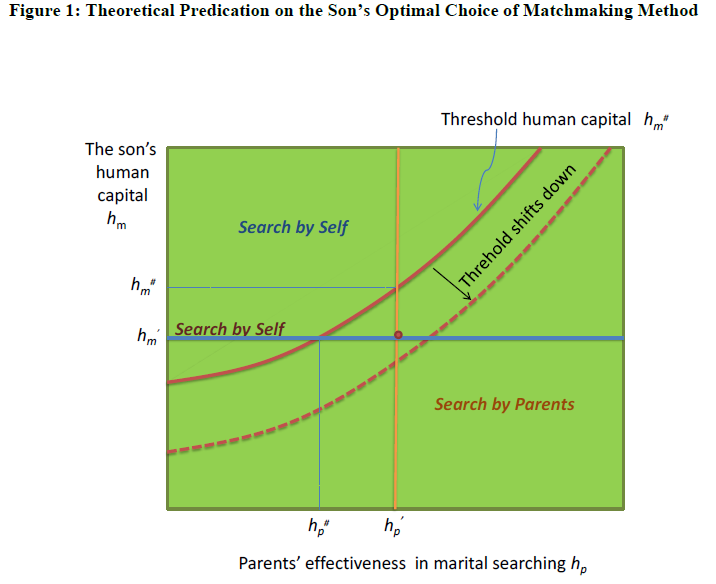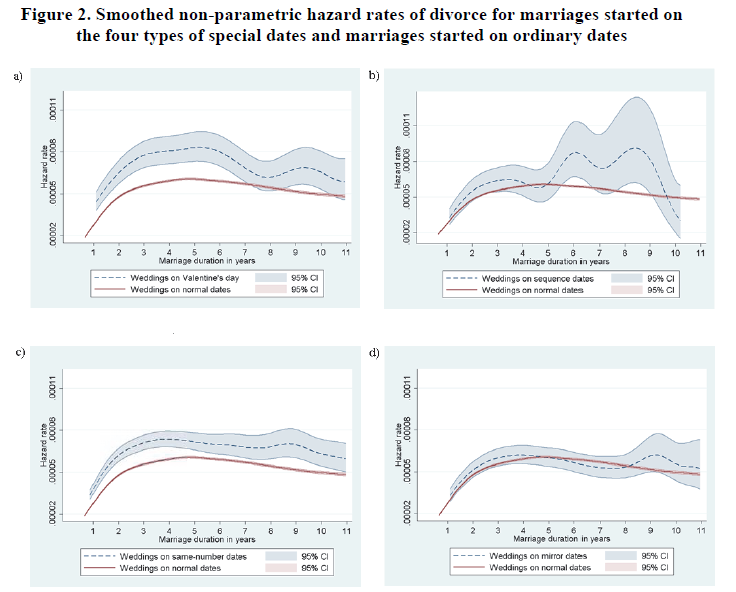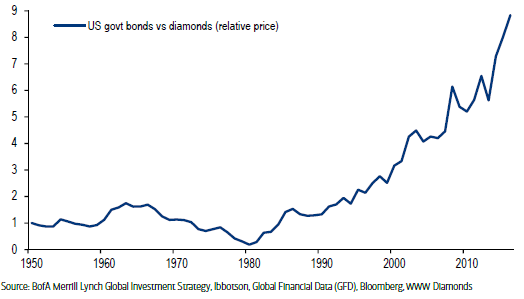LOVE

It’s probably no surprise to you that I see offering world-class investment advice as a valuable service for the long-term well-being of our clients. And while I think of investing as critically important, I acknowledge that there are a few issues that may be equally, or even more, central to our long-term well-being. Love is one such area. And so, in the interest of supporting your happiness and prosperity, backed our usual analytical rigor, we offer the following guide to three important activities related to love:
• How to Choose a Mate
• When to Marry
• What to Give as a Gift
How to Choose a Mate
So many choices! How do we know that this person is the “right one”? Well, Scientific American identified this as the “marriage problem” in a 1960 publication. The theory applies to whom to hire, and other decisions when faced with multiple options.
Let’s say the prospects, or applicants or candidates, if we want to think of our future spouse in those terms, appear sequentially, and your decision to accept or reject each one is final; there’s no going back once you’ve made your decision. Should you choose the first attractive one, thus forgoing a potentially more attractive spouse? But what if you pass on an attractive candidate that turns out to be the most attractive? You can’t go back to the one you rejected.
The answer to this conundrum is found in mathematics. In a simple example of three prospects, one is the best, another is acceptable, and the third is the worst. The three can be ordered in six different combinations. The best strategy is to always reject the first, then choose the next one that is better than the first. In this case, the odds of choosing the best is 50%.
Of course, when you add more than three candidates to the selection universe, the odds of choosing the best fall, but it falls to about 37%, and no lower. And so, the optimal strategy is to reject the first 37% of potential mates, and then choose the next one that is more attractive than the everyone in the first, rejected, group. The probability of choosing the best one is 37%, but that is as high as you’re going to get.
How NOT To Choose a Mate
Don’t let your parents make your match. In a detailed research paper by the World Bank in 2015, a survey of Chinese couples found that “parental matchmaking is associated with less marital harmony between the couple, more submissive wives, and a stronger belief in old-age support.” Parents choose a spouse for their sons that will be best for the parents (quite a surprise). On the other hand, it does lead to a more harmonious inter-generational relationship. This is graphically shown below.

When to Marry
It seems that many people choose their wedding days with special numerical significance. Four approaches are most common: on Valentine’s Day, on sequential dates (1-2-03), on same-number dates (9-9-09), and on mirror dates (9-8-07). The graphs below show the spike in weddings on these four dates, with special prominence for popularity on same-number and mirror dates (the bottom 2 graphs).

Research by two professors at the University of Melbourne, using 1.1 million marriage and divorce registries in the Netherlands between 1999 and 2013, found that the incidence of weddings was 137-500% higher on these special dates than on other dates. Unfortunately, they also found that the odds of divorce for couples marrying on these special dates were 18-36% higher too (graphically shown below). This was even more likely for first-time marriages.

So, avoid being cute by choosing a special day to marry. I promise that that ordinary date will become special to you.
What to Give as a Gift
Flowers? Chocolates? Jewelry? In my personal experience, confirmed by my own rigorous research (asking some friends), flowers are essential, chocolates are fine, but jewelry is best. Diamonds, in particular, never fail.
But better than all of these, at least over the past 40 years, would have been a US Treasury bond, which has outperformed diamonds nine-fold! (see below). Your spouse may not appreciate the gift of a bond when she was hoping for a diamond, so you may need to show her this graph. I’m sure she’ll love you all the more.

Happy Valentine’s Day!

